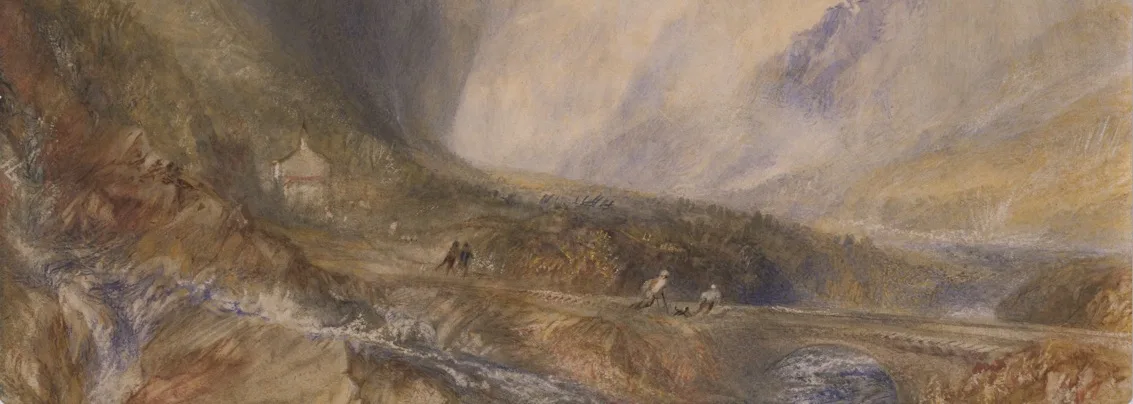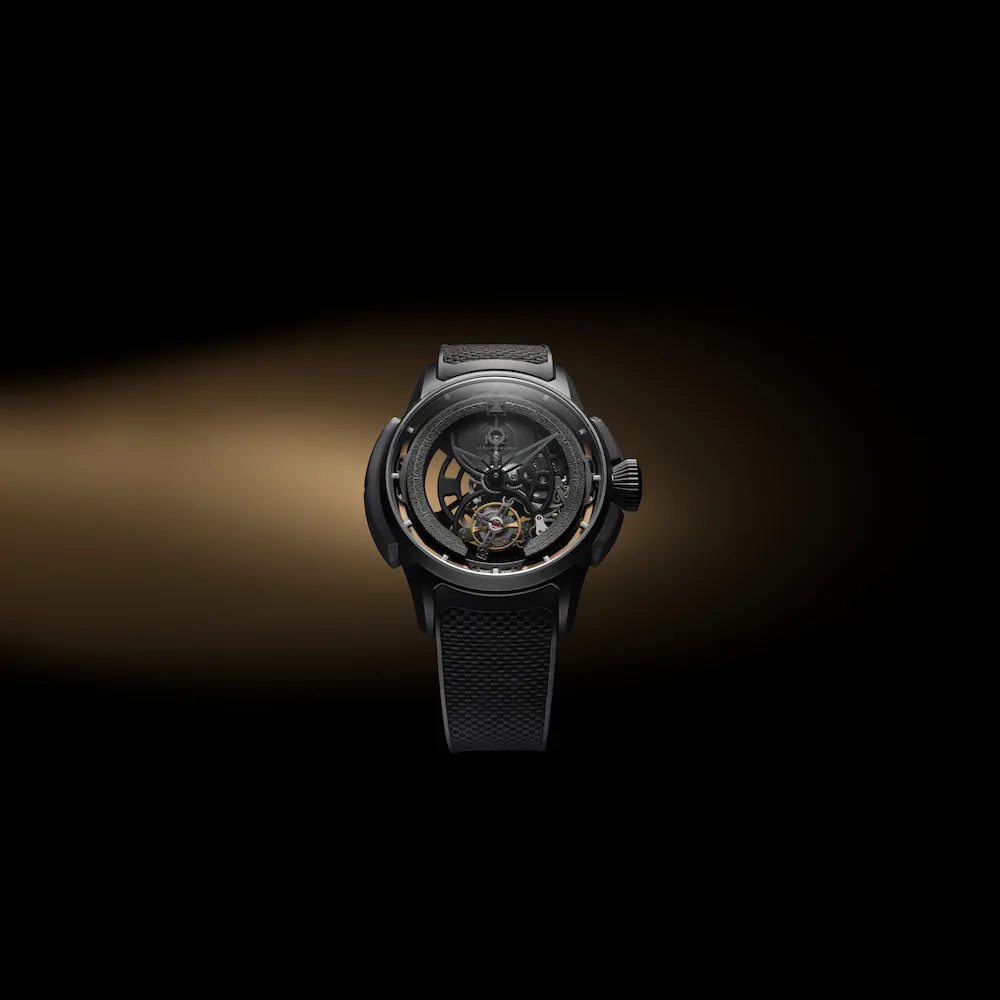Controversial, inspirational and always charismatic, at eighty years of age,
legendary film director Jack Bond still has a lot of fire in his belly.
His latest feature film based on the self-taught artist Chris Moon An Artist’s Eyes has been heralded amongst the critics and fans of the director’s work. In this interview Bond reflects on his life and work, and shares with us some of the best anecdotes of his career, which so far extends over five decades.

I-M: I understand you spent WWII in London with your mum, and that your dad was at the front. Which are the most poignant memories of those times?
J.B: Initially they tried to get women and children out of the towns, so we went for ten days to a beautiful house in the country. Very quickly we got bored so we came back and spent the rest of the time being bombed. I have very strong memories of that time. The news came in that my mother’s brother had been killed. She cried uncontrollably. It was terrible, he had been shot down over the sea and I remember as a child being dragged up and down the beach in Wales where the shooting down happened because my mother always dreamed he would turn up one day floating on a rubber dingy with a little red sail. There wasn’t a chance, of course; it was a fighter plane and it was only bombers which had those things, not little fighter planes. I have very acute memories of the war and I think they shaped me as a person quite a lot. They turned me into a fighter .
I-M: Did you always want to be a film maker?
J.B: Not really. It is a bit of a story. I always had a problem with my father, a military man and an officer. We were always quarreling, so I decided I wanted to leave home at 15. I convinced my mother to get me a motorcycle so I could be free. She bought me a Vincent 1000, Black Shadow. I learnt to ride and I felt free.
One day I rode my motorbike into Richmond and stopped by a riverside pub. I was 15 and a half, actually not old enough to ride, but I walked into the pub all the same trying to look cool. I went up to the bar and there was a stunningly pretty barmaid who asked me, “What can I do for you?” so I replied, “You could pull me a pint”, then she asked me how old I was and I answered “Old enough to fuck you”; and I got my pint. I waited for her until the pub closed. I’ll never forget that she was wearing a red French beret and a red coat. I never went home again. I went to school every day and when I finished I joined the army. They wanted to send me to Sandhurst but I refused point blank. The Colonel finally sent me to Beaconsfield, to the Royal Army Educational Corps to be trained as a school teacher. So I became a teacher and then found out how much they earned…
I-M: Is this around the time when you joined the BBC?
J.B: Yes, I managed to join the BBC and started making trailers. I was 22, maybe 23, I had no previous experience and found everything very exciting. It was a strange period in the industry. At this time, we’d write a script and make a trailer for a movie… but the trailer wasn’t actually a clip from the actual film.
Early in those days I was making a trailer for a play called Mad House in Castle Street by director Philip Saville. I was in the studio control room watching a rehearsal, so I could understand what was going on and I heard an American voice singing softly to himself, playing the guitar, but I couldn’t see him. I asked the PA who this person was, and she answered, “His name is Bob Dylan”. I was mesmerized by his voice, so I went down to meet him and convinced him to sing for my trailer. I didn’t think much of the play, so I thought I would just use this track. Philip was furious with me. It was the only fight we’ve ever had. We actually became close friends.

I-M: Quite quickly you moved onto documentary films, the best known of which is the one you made with Dalí. Could you tell us a bit about that project?
J.B: My trailers were becoming increasingly abstract and people really liked them. At the time, the Controller at the BBC was Huw Wheldon, a genius. I went to him and told him I wanted to make a film about Dalí, and he told me I didn’t stand a chance as Dalí has always refused to make a film with anybody. I tried anyway. I contacted his Manager, who was actually an MI5 spy called Peter Moore. He told me Dalí wouldn’t make a film with me but would be delighted to have me for tea. I took the chance and went to see him at the hotel where he lived. His room was like a gilded cage and Dalí was sitting on a high chair, looking terrifyingly imposing.
Dalí said: “Please be clear that I will never agree to make a film with you or anyone else, but for the sake of argument, why do you want to make this film?” Anticipating this question, I had made up a story in my mind about subconscious realism, etc, but when I went to speak it wouldn’t come out. There was a rather uncomfortable silence, and suddenly I blurted: “My intention would have been to mentally take an electric drill and get inside your head to destroy you and your subconscious and your ego once and for all.” Peter Moore dropped the tea pot, and just stared. Dalí then said: “We will make a film then.” And so we did.
I-M: Were you already working with Jane Arden at the time?
J.B: Yes, actually Dalí and Jane had a big fight in the street while we were filming, and Dalí ended up screaming and throwing his hat at everyone. But the next day the whole thing had blown over and they got on fine. It all worked. It was a strange film, but it was great.
I-M: From the mid ‘60s to the mid ‘70s you worked hand in hand with the writer Jane Arden. In 1967 you directed the award winning Separation (1967), produced The Other Side of the Underneath (1972) and co-directed Anti-Clock (1979). I believe the UK film industry refused to screen Anti-Clock, so you took it to America where it became a hit, is that right?
J.B: Yes, the person who championed the film was Andy Warhol, friend of Dalí’s. He introduced me to him in a taxi, on the way to a Magritte exhibition. He was a strange man, Magritte, looked like a banker, nothing like his art.
I-M: After Jane’s death you went on to work on the South Bank Show and many other feature films and documentaries about artists. How was that period of your life?
J.B: Yes, after Jane’s death I came back to Britain and made Vibration, a 16mm film which I edited myself because I liked cutting film. Things were so much more tactile then.
Then I worked with Melvyn Bragg (now Lord Bragg), who created and produced the South Bank Show. I thoroughly enjoyed that. We made amazing documentaries. I am particularly fond of the work we did on Roald Dahl, Patricia Highsmith and Werner Herzog.

I-M: Your latest film has been the feature length documentary An Artist’s Eyes, about self-taught artist Chris Moon, which was filmed in 2016. How did you come across this project?
J.B: I was mysteriously invited to an exhibition of paintings in London by a young artist I didn’t know at all. I was curious so I went and to my surprise, I saw that many of the works had a red dot. I was looking across the room and this guy came up and said, “I suppose you are wondering who got you here. That would be me, I am Liam West. You are the only person who ever succeeded in making a film with Dalí, so I was wondering if you would like to make a film about this artist.” We began shooting in London and moved on to Essex, where Chris Moon was born and bred. He’d never had an art lesson in his life, but was obsessed with painting. He is car crazy and has a big collection of classic cars. We shot in New York where Chris had an exhibition and did an outrageous photo shoot with Mick Rock who kind of exploded into the action – very entertaining, great fun, and then a road trip across Southern Spain. I-M: How long did it take to shoot? J.B: A year, because we wanted to change the locations a lot, and then about six months to edit. The premiere is at the Curzon Bloomsbury on November 1st with screenings to follow across the UK.
I-M: What was the filming like?
J.B: I was blessed with a brilliant crew, not a weak link anywhere. In this conditions you can really relax because you know you’re getting great cinematography and back-up. Chris was very worried that he was being turned into an actor and he didn’t want that. For example, in Southern Spain Chris was driving his old Mercedes with his photographer friend, Ian Morrison, and we had microphones everywhere to pick up every word they said, but they said nothing, not a word. We defeated that problem by catching Chris off guard. We wrote a few quite intense questions and Chris’s responses were immediate and genuine. He gave everyone what they wanted. That is most of the dialogue of the film.
Chris likes to paint to music and when we first filmed he wanted to be filmed painting a picture from beginning to end. While he was doing this he was playing Pink Floyd’s ‘Comfortably Numb’. Unfortunately we couldn’t get clearance to use it in the film. It was by coincidence that we met a man called Gabriel Bruce whom we had seen on the Jools Holland show. He was playing acoustically and we loved it. We tracked him down. He had just finished recording his album Come All Sufferers and gave us the soundtrack. The end result is a film I believe to be quite magical.


















Show Comments +